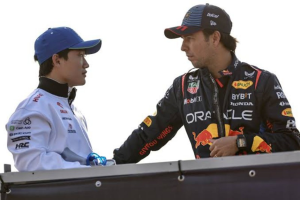In the world of motorcycles, MotoGP serves as the pinnacle of innovation and performance. This premier motorcycle racing championship not only showcases thrilling races but also acts as a breeding ground for cutting-edge technologies that eventually find their way onto production motorcycles.
By exploring the advancements pioneered in MotoGP, we can understand how these innovations shape the motorcycles we ride on the road.
The Evolution of MotoGP Technology
Over the years, MotoGP has witnessed significant technological transformations that have pushed the boundaries of motorcycle engineering.
From aerodynamics to suspension systems, the relentless pursuit of speed and performance has been a driving force behind these advancements.
Aerodynamics: Slicing Through the Air
Aerodynamics plays a crucial role in MotoGP, where every fraction of a second matters. The racing teams invest substantial resources in developing aerodynamic packages to minimise drag and maximize downforce. These innovations, such as winglets and streamlined fairings, improve stability and cornering performance at high speeds.
Suspension Systems: Mastering the Perfect Balance
The suspension systems used in MotoGP bikes are finely tuned to provide optimal handling and control. Technologies like advanced electronic suspension, adjustable damping, and quick-response systems allow riders to fine-tune their bikes according to different track conditions. These innovations enhance both safety and performance, ensuring a smooth ride for the riders.
Electronics: Harnessing the Power
MotoGP bikes are equipped with sophisticated electronic systems that aid the riders in extracting maximum performance.
Traction control, launch control, and wheelie control are some of the technologies that originated in MotoGP and have made their way into production motorcycles. These electronic aids enhance safety and allow riders to push the limits of their machines.
Materials and Construction: Lightweight and Strong
MotoGP teams constantly strive to reduce the weight of their bikes while maintaining structural integrity.
The use of lightweight materials like carbon fiber and titanium has become prevalent in MotoGP, making the machines agile and responsive. These advancements in materials and construction techniques trickle down to production motorcycles, resulting in lighter and more nimble rides.
















